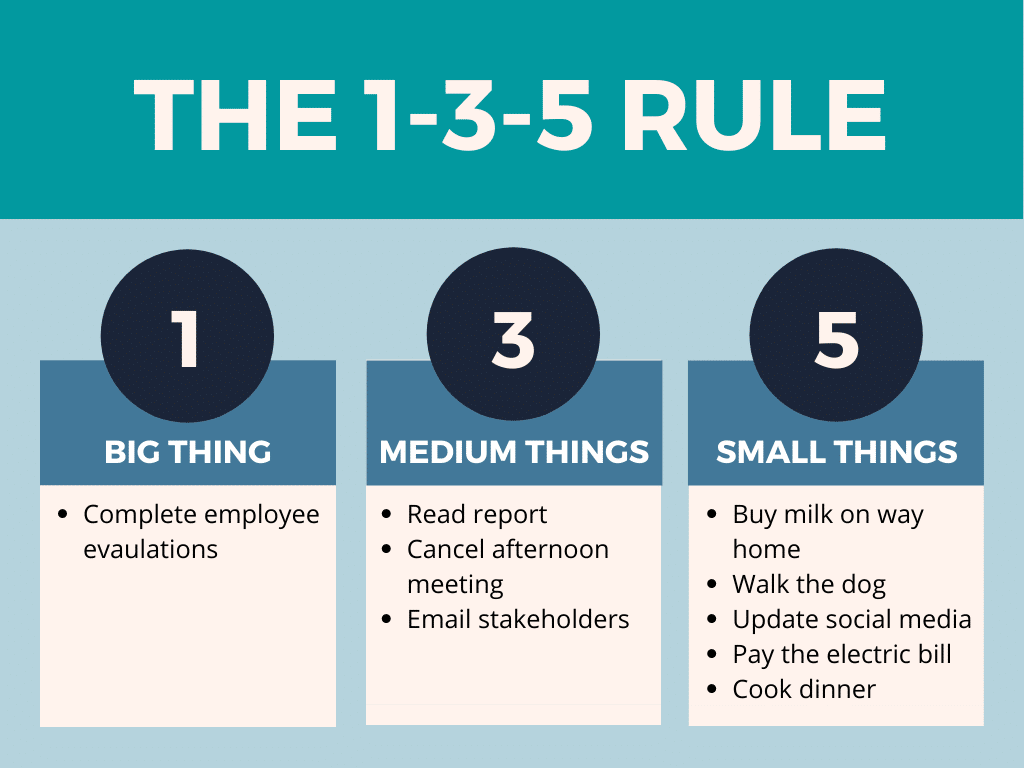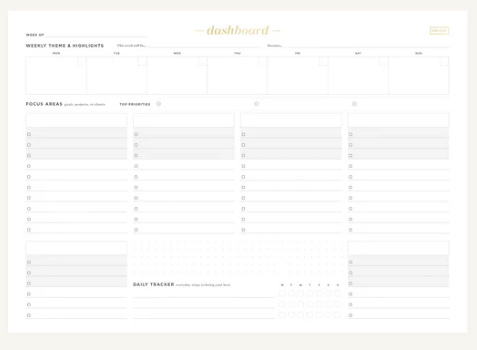Every evening before heading home, I’d stare at my calendar for the next day and think, “How am I supposed to get anything done?” Like most C-level executives, my day was packed with back-to-back meetings and a to-do list a mile long. My nightly routine was always the same: try to clear out my inbox, print out my calendar (yes, old school), and create a list of everything I needed to tackle the next day. The goal? Work through the list between meetings and cross everything off by the end of the day.
But reality rarely matched my ambitions. Most days, I barely touched my list and this was demoralizing. Tasks would pile up, forcing me to come in very early, pull an all-nighter to get projects done, or miss important family activities simply to catch up. This went on for years because I couldn’t find a better way to manage my time. Blocking hours on my calendar generically for “work” rarely helped since the latest crisis often overtook those blocks. Desperate for a change, I tried something new. And to my surprise, it worked.
Mastering Calendar Management
Previously, I’d block generic “work” time on my calendar, which often got booked over because it wasn’t tied to a specific project. To regain control, I combined two powerful techniques: anchoring my day and the 1-3-5 method.
Anchoring My Day
Anchoring means identifying the top 1-3 priorities for the day and blocking time for them during your peak productivity hours. Instead of vague “work” blocks, I reserved specific time slots for projects like “Draft Q1 Marketing Plan” or “Prepare Board Deck.” I became more selective about meetings, declining requests that could be handled via email or didn’t need an hour to discuss. I also built in buffer times to process notes, respond to emails, or simply reset between meetings. My meetings were all 45 minutes or shorter, never a full sixty minutes. These changes had an immense impact on my productivity.
The 1-3-5 Productivity Protocol
The 1-3-5 protocol is a straightforward framework for prioritizing tasks:
1 Big Task: The most important or time-consuming task of the day.
3 Medium Tasks: Moderately time-consuming tasks that still require attention.
5 Small Tasks: Quick, low-effort tasks.
Here’s why it works:
Simplifies Prioritization: Forces you to focus on what truly matters.
Reduces Overwhelm: Limits your daily workload to what’s achievable.
Encourages Momentum: Tackling small tasks boosts motivation for larger ones.
Improves Adaptability: Provides flexibility to adjust priorities as needed.
Enhances Time Estimation: Encourages realistic goal-setting.
I use the Ink + Volt Dashboard Deskpad to help keep me organized. Offered in print and digital formats, it allows me to use the top calendar block for my 1-3-5 lists, list my top priorities, and keep track of everything that needs to be done by either me or the team. This has replaced my daily printed calendar.
Separately, I also use the Ink + Volt One On One Spiral Notepad to keep notes from 1:1 meetings I have with my manager. It’s a great way to keep notes from these meetings in one place so that you can refer back to them as needed.
How I Use the 1-3-5 Method
At the start of each week, I identify my top three weekly priorities and break them down into daily 1-3-5 lists. Here’s how:
Build Your List: Once you’ve identified your top three priorities, break it into a daily 1-3-5 and have it set by Monday morning. The timing for each is based on my overall schedule, deliverable due dates, and other factors.
Big Task First: Tackle the most critical work at the start of the day. I block the first hour on my calendar to work on my top priority and then again I block from 4 - 6 to complete this project. If I’m able to complete it during that initial hour, I will use the time from 4 -6 to work on my 3-list.
Work Down the List: Complete medium and small tasks as time allows.
Leave Space for Flexibility: Reserve one medium and two small tasks for unexpected needs.
Applying 1-3-5 to GTM Teams
The 1-3-5 framework isn’t just for individuals; it’s incredibly effective for GTM strategy execution. Here’s how it works:
Focus on High-Impact Tasks: The “1 Big Task” might involve finalizing the ICP (ideal customer profile), launching a major campaign, or securing a strategic partnership.
Maintain Momentum Across Key Initiatives: The “3 Medium Tasks” could include creating sales enablement materials, coordinating with product teams, or setting up analytics dashboards.
Handle Tactical Execution: The “5 Small Tasks” might involve stakeholder updates, timeline adjustments, social media posts, or content tweaks.
Example: GTM Launch Week
1 Big Task: Finalize the messaging and positioning framework.
3 Medium Tasks: Train the sales team, set up the marketing campaign, and prepare a customer feedback loop.
5 Small Tasks: Schedule alignment meetings, confirm webinar logistics, update project timelines, draft an executive summary, and review social media content.
This approach keeps GTM teams organized, focused, and steadily moving toward measurable outcomes.
Taking control of your day starts with intentional planning and disciplined execution. By anchoring your calendar to focus on high-priority tasks and adopting the 1-3-5 framework, you can regain control, boost productivity, and make meaningful progress without burning out. For GTM teams, this structured approach ensures alignment, efficient resource allocation, and sustained momentum. Whether you’re an executive juggling a packed schedule or a GTM leader managing cross-functional priorities, these strategies can help you work smarter and achieve your goals.






